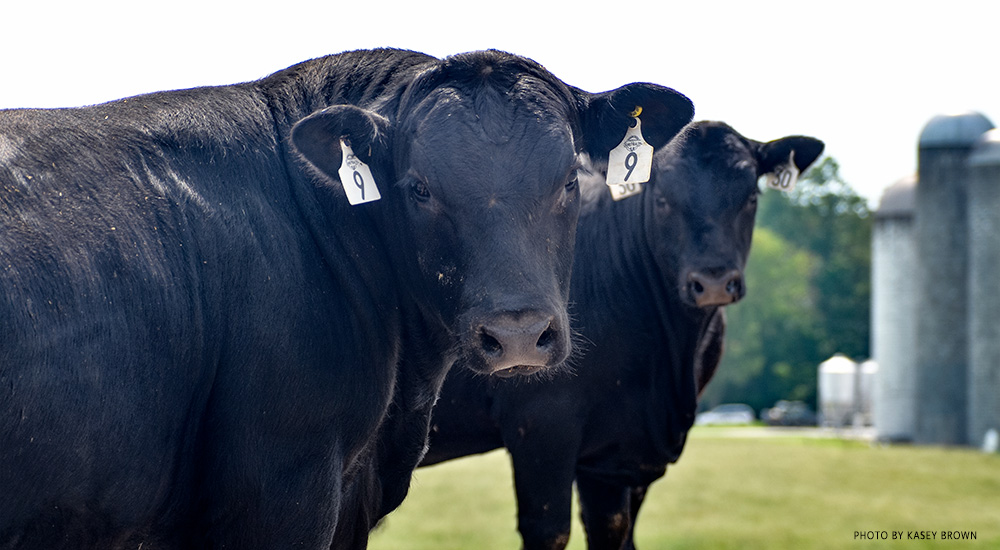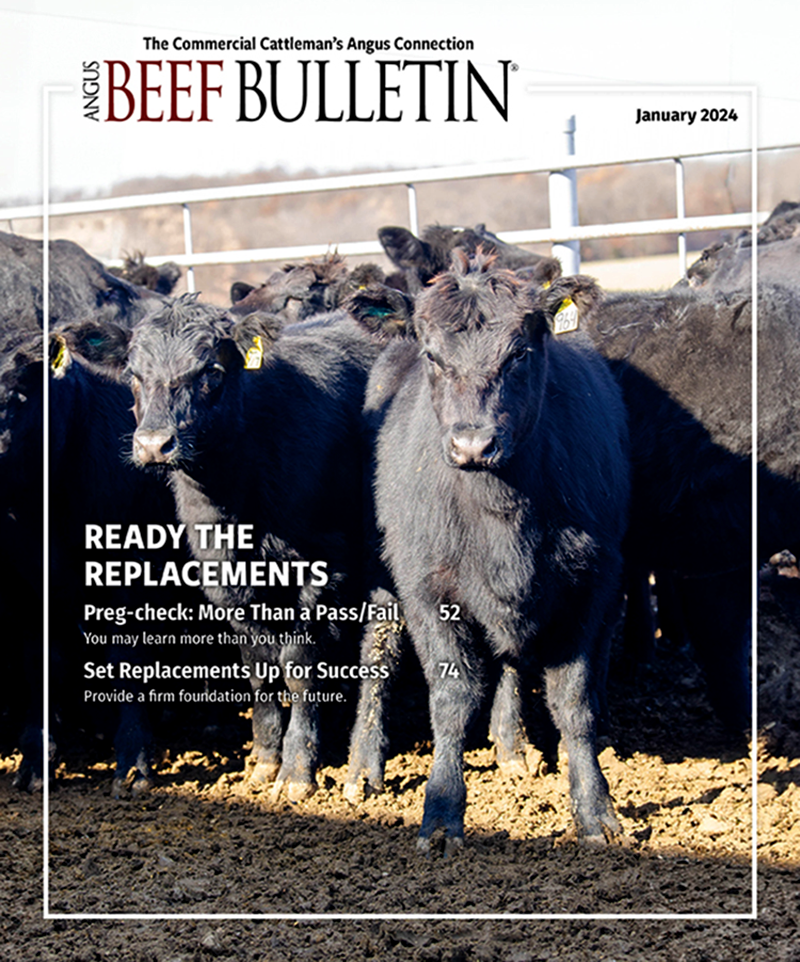Economics of Trichomoniasis
The cost of not knowing your herd is infected outweighs the cost for testing.
“We are going to talk about the economics of trichomoniasis. Nobody get up and leave please,” joked John Wenzel, New Mexico State University Extension veterinarian, about the disease for which many producers forego testing despite the high risk of its economic impact.
On average, the test itself costs $46 per bull. However, the high costs of the test come from holding bulls in a pen, feeding them while waiting for the test results and potentially culling those testing positive for trichomoniasis, Wenzel noted.




